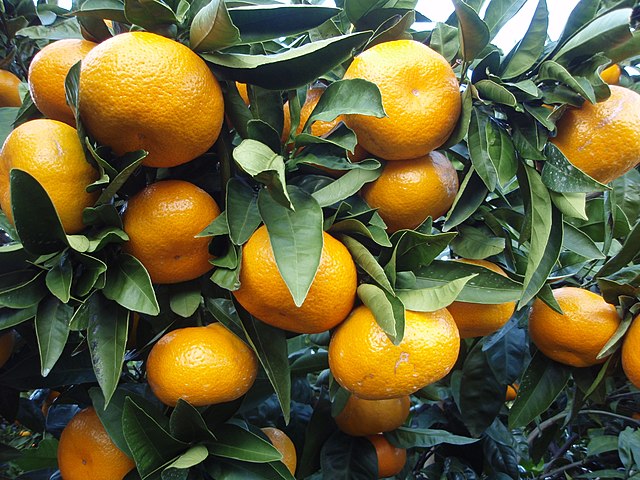For the first time, South Africa has called for two WTO panels to review a lengthy citrus dispute with the European Union (EU).
This happened after the two trade sides failed to come to an amicable agreement on two infections that affect citrus.
Hence, on June 24, South Africa fielded the request for panel arbitration via WTO’s Dispute Settlement Body (DSB).
The request concerns European import regulations on two citrus germs. These include False Codling Moth by the T. leucotreta insect and citrus black spot by the P. citricarpa fungus.
In the statement, the world’s second biggest citrus-shipping nation repeated its historical claim that EU’s measures were not scientific. The country had made a similar reiteration in 2022 over orange import restrictions, terming them as “not based on science.”
The June 2024 panel request omitted the latest concerns over the spotting of citrus greening disease (HLB) in Eastern Cape.
Speaking of regional orange-growing areas, South Africa added that the EU imposed restrictions indiscriminately and this could affect bordering nations.
EU Responds to Setting Up WTO Panels
In its part, the EU Commission on June 24 termed South Africa’s panel-set up request as regrettable.
It further added that it had hoped that the bilateral discussions on May 14, 2024 could have settled the matter.
Concerning measures, which include lengthy cold storage and stringent inspections of citrus before shipments, the EU considers these as “justified.”
While the panel decides, the bloc is confident of winning the dispute because its measures adhere to WTO’s laws.
Historical Timeline
As the two sides await the outcome, here is a historical approach to the South Africa-EU Citrus dispute:
- July 22, 2022: South Africa files for consultation with the EU on mandatory cold storage and phytosanitary controls for citrus imports.
- August 2023: trade bodies request the president to declare a dispute over Citrus Black Spot (CBS)’s import restrictions.
- April 24, 2024: South Africa initiates second dispute at WTO over import controls by the EU over CBS.
With the June 24, 2024 request being the third arbitration, it is not surprising then that the issue is going to WTO panels. And as the following statistics show, South Africa is keen on citrus exports to the EU for they support the economy.
South Africa-EU Citrus Statistics
According to Fruits SA, South Africa’s citrus exports account for over 50% of agricultural shipments and 5% of fruit exports. Interestingly, local citrus exports in 2022 appreciated by 3.7% year-on-year, despite fresh restrictions by the EU that year.
Which is the EU’s share of South Africa’s citrus exports?
The EU receives 40% of the yearly orange exports from South Africa while soft citrus commands 27%. In 2022, South Africa exported $1.85 billion in citrus, of which $343 million went to the Netherlands within the EU. At 168 million 15-kg cartons, South Africa ranked after Spain as the largest citrus shipper in 2022. Oranges claimed the lion’s share of South Africa’s citrus exports at 1.6 million tonnes in the 2021-22 season.
Where does South Africa’s citrus grow?
The leading citrus-producing regions are Eastern Cape, Mpumalanga, Limpopo, Free State, Gauteng, Western Cape and the Northwest. So huge are supplies from these provinces that they have 7 export terminals at local ports.
